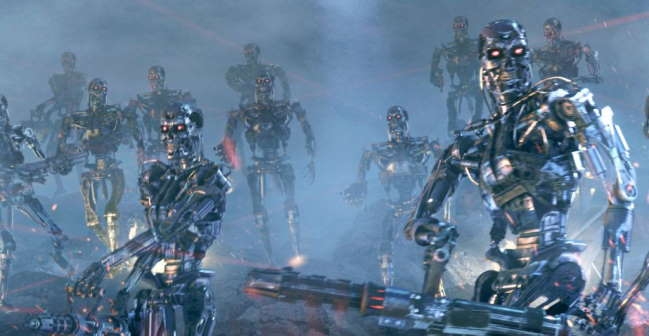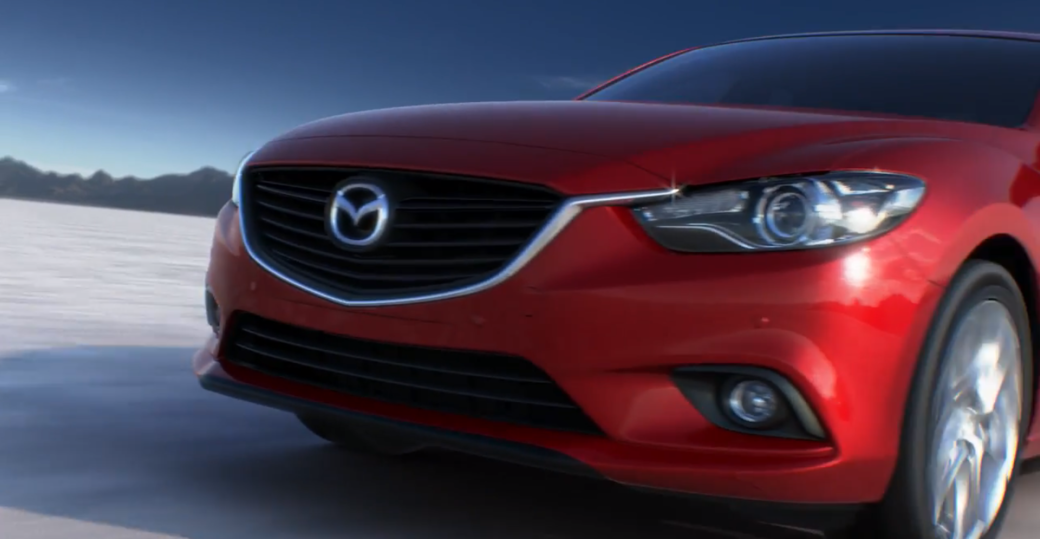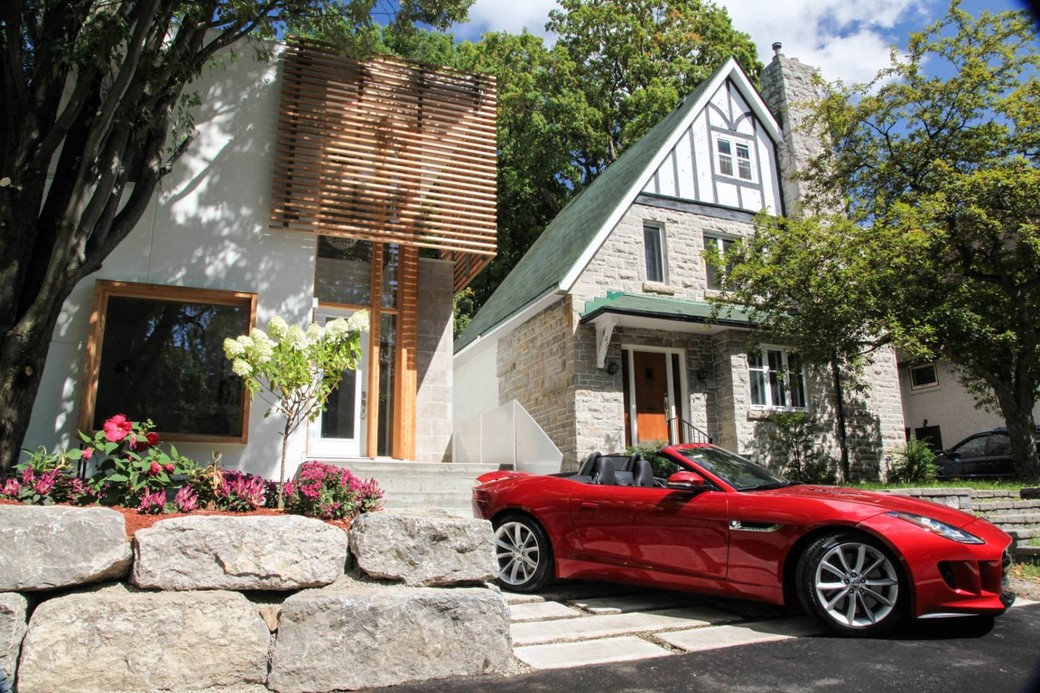
Putting the “Science” in “Science Fiction”: Robotic Drones 2
One of the most exciting scenes from Iron Man 2 (2010) is the climactic battle, where Iron Man and Warmachine take on a legion of robotic drone soldiers. From the Trade Federation’s battle droids in the Star Wars prequel trilogy to the robotic terminators that Skynet sends to wipe out humanity, robotic soldiers remotely operated from safely behind the frontlines are common throughout science-fiction. These machines are usually shown as replacements for human soldiers, able to march into a hail of gunfire without fear, and destroying their enemies without pity or remorse. Whether friend or foe, these battle robots mean that soldiers need never place themselves in harm’s way again.
Although they are less well known than their aerial cousins, ground-based combat robots exist, and are already in service with some of the world’s military forces. These robotic warriors are very different than their fictional counterparts in shape and deployment. Like the aerial drones I discussed last week, these robots are designed to be similar to small, remotely-operated vehicles, rather than imitations of the human form. These drones are commonly known as UGVs (or Unmanned Ground Vehicles) and are generally deployed in a supporting role alongside human soldiers rather than going into combat alone. This addresses concerns about the use of unsupervised robots in a warzone, while also providing an alternative to soldiers performing extremely dangerous duties.
An example of the current generation of military UGVs is the Foster-Miller Talon – a small, multi-purpose, remotely-controlled or autonomous robot that can be equipped with a retractable manipulator arm which allows it to perform dangerous duties, like landmine removal or bomb disposal, without risking human lives. Robots have been used by police and rescue workers to locate and save people buried under rubble and to dispose of suspected explosives as well.
A combat version of the Talon also exists, known as the Special Weapons Observation Detection Reconnaissance System (or S.W.O.R.D.). These robots are functionally identical to their non-combative counterparts, but replace the manipulator arm with a machine gun, grenade launcher or an assortment of other weapons. True to their name, these robots are generally sent in ahead of soldiers to perform scouting missions and locate the enemy without losing soldiers to ambushes or booby traps. The weaponry they carry allows them to defend themselves once they locate the enemy, and to provide fire support for friendly soldiers once they have moved into the area. Besides combat models like the Talon, the US Army also uses smaller UGVs for scouting purposes. These mini UGVs, like the Dragon Runner, are small enough to be carried by an individual soldier and are operated by a hand remote control. This allows soldiers to send the small and unobtrusive robot into potential ambush or booby trap sites to look for the enemy.
Small combat UGVs are becoming increasingly common, but they are not the only type in operation. Large-scale UGVs that are closer in size to conventional vehicles are also in use among the world’s militaries. One example is the Guardium – a UGV designed by the Israeli military to perform patrols along predetermined routes. Like their airborne cousins, these UGVs patrol along their assigned route, looking for any disturbance. Once one is detected, a remote operator can take control of the machine in order to evaluate the threat, and engage it if needed. UGVs are also being considered for other uses, such as carrying supplies to troops in the field.
The moral and ethical questions surrounding the use of drones, especially in direct combat with the enemy, are still being considered and debated. However, there can be little argument that these robotic vehicles are a valuable tool in protecting the lives of soldiers on the modern battlefield.














